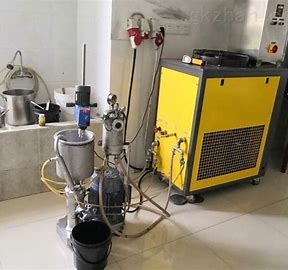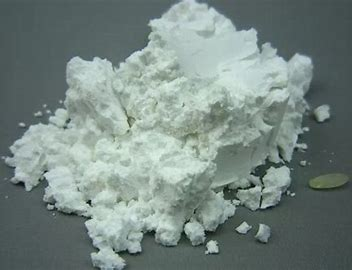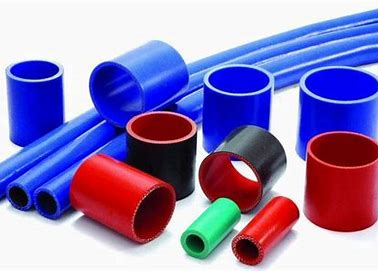Four kinds of modification processes and characteristics of nano-calcium carbonate
Dry modification means that in a dry environment, the agglomerated nano-calcium carbonate is dispersed by high-speed rotating blades in the closed equipment, and the modifier is added at the same time, so that the modifier is coated on the surface of nano-calcium carbonate by mechanical force.
The process is simple and efficient, without pollutant release and waste liquid output, suitable for large-scale modification, and widely used in industry. However, the products modified by this method often can not uniformly and completely cover the coating, and are prone to partial coating.
Wet modification is to add a certain amount of modifier to the nano-calcium carbonate suspension under stirring conditions, control the stirring speed, temperature and time, and then filter, dry and disperse to obtain modified nano-calcium carbonate.
The modification effect of this process is good, but the investment is relatively large, and the waste liquid needs to be treated. Therefore, general enterprises are unwilling to accept it, and it is difficult to promote and apply it on a large scale.

In-situ modification is the simultaneous completion of the two steps of the preparation and surface modification of nano-calcium carbonate in situ. The modifier is directly added to the reaction system for the synthesis of nano-calcium carbonate, so that the nano-calcium carbonate is coated by the modifier when it is just generated, effectively inhibiting the growth and aggregation of calcium carbonate, and making the calcium carbonate have good dispersion. In addition, the crystal morphology and particle size of the prepared nano-calcium carbonate are different by using different modifiers or controlling the process conditions.
This process represents a new trend in the development of nano-calcium carbonate modification, but it is still in the basic research stage and it will take time before it is put into production.
At present, composite modification has become the latest attempt in this field. The specific method is to combine common modification processes to achieve synergy. Research has proved that the composite modification effect is very good. Yan Gancai and others first modified nano-calcium carbonate with sodium stearate by wet method, then added a dry method modification process, and then filled it into silicone sealant. It was found that the sample obtained by composite modification can more effectively improve the storage stability and water-immersion adhesion of the sealant.
Recommand products from TDD:
Kelong Superfine Heavy Calcium Carbonate CC900
High Whiteness Heavy Calcium Carbonate 1250 Mesh















